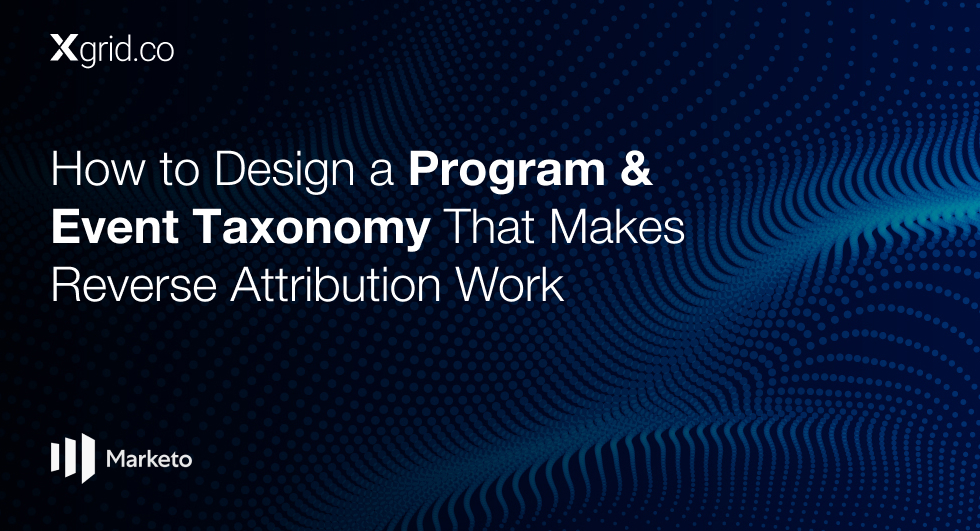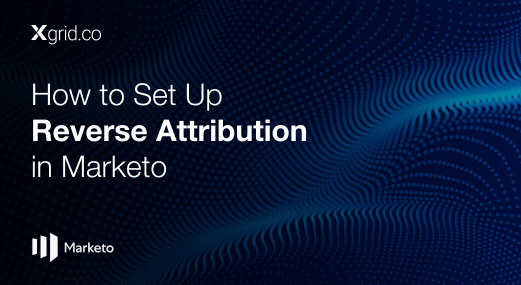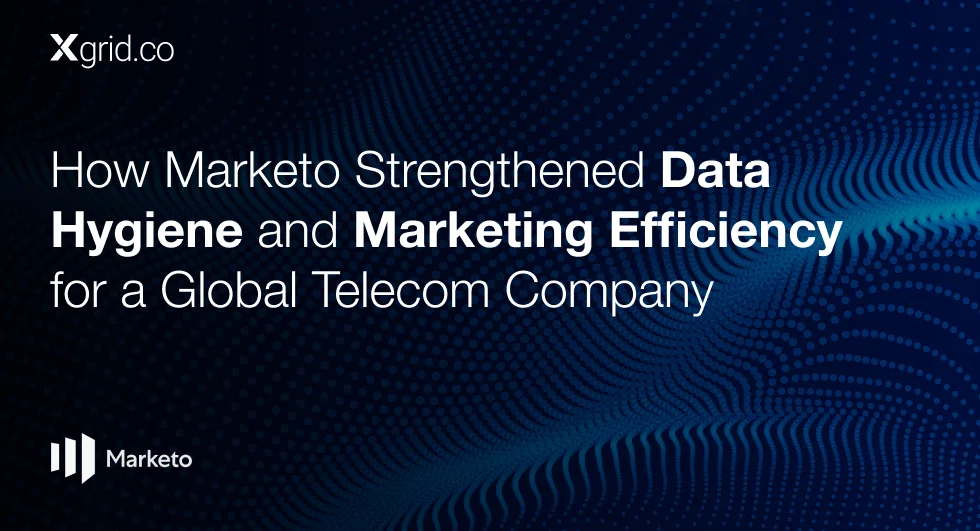Optimizing Campaign Costs with Marketo
Through diligent tracking, analysis, and strategic optimization, companies can significantly enhance their marketing efficiency and effectiveness.
Manage Campaign Costs with Marketo
Marketo doesn’t just automate campaigns – it empowers you to be a cost-conscious marketer. Here’s a breakdown of key Marketo features that help you manage campaign costs effectively:
1. Granular Cost Tracking:
- Period Costs: Allocate expenses directly to programs within Marketo Engage. This pinpoint accuracy lets you see exactly where your budget goes, from paid advertising to content creation costs.
2. Revenue Cycle Analytics (RCA):
- Go Beyond Basic Tracking: RCA provides insights beyond basic campaign performance. Analyze the entire revenue journey to identify cost-effective marketing channels. This ensures every dollar spent contributes to lead generation and ultimately, sales.
3. Salesforce Campaign Cost Sync (Optional):
- Seamless Integration for Holistic View: Leverage your existing CRM data. Synchronize campaign costs directly with Salesforce campaigns. This creates a centralized hub for reporting and analysis, saving time and simplifying the process.
4. Smart Segmentation & Targeting:
- Focus on High-Value Leads: Stop wasting resources on generic blasts. Marketo’s segmentation capabilities help you identify high-potential leads based on demographics, behavior, and interests. This targeted approach reduces wasted spend by ensuring your message resonates with the right audience.
5. A/B Testing for Optimization:
- Test Everything, Maximize ROI: From subject lines to CTAs, Marketo’s A/B testing lets you compare different versions of emails, landing pages, and calls to action. This data-driven approach helps you identify what drives the best results and optimize campaigns for higher conversion rates, ultimately lowering your cost per lead.
Bonus Feature: Program ROI Reporting
- (Available with Marketo Engage Select or higher) Gain deeper insights with program ROI reporting. This feature provides a comprehensive view of program performance, including revenue generated, cost per lead, and overall return on investment. It allows you to clearly measure the effectiveness of your campaigns and identify areas for further optimization.
Defining and Measuring ROI
Next, establish your ROI benchmarks. This process usually involves collaboration with leadership to determine key metrics, such as Marketing Qualified Leads (MQLs), improved lead velocity, or other relevant indicators. These benchmarks will help evaluate the effectiveness of your campaign expenditures.
Establishing clear, measurable goals is essential for determining the success of your campaigns. Some key performance indicators (KPIs) to consider include:
- Marketing Qualified Leads (MQLs): Track the number of leads that meet your marketing criteria and are ready to be handed off to sales.
- Customer Acquisition Cost (CAC): Calculate the cost to acquire a new customer by dividing the total marketing costs by the number of new customers gained.
- Customer Lifetime Value (CLV): Estimate the total revenue a customer is expected to generate over their lifetime.
- Conversion Rates: Measure the percentage of leads that convert to customers at each stage of the sales funnel.
- Engagement Metrics: Monitor metrics such as click-through rates, time on site, and social media interactions to gauge engagement levels.
Regularly reviewing these KPIs helps in understanding which campaigns are driving results and which need adjustment.
With tracking mechanisms in place, start analyzing your spending patterns. Identify areas where expenses are not delivering the expected ROI and develop strategies to optimize or discontinue these underperforming campaigns.
Optimizing Your Spend
Once you have identified under-performing campaigns, consider these optimization strategies:
- Webinars: Evaluate if your current webinar provider is the best fit. Switching to a new provider could lower costs and boost audience engagement.
- Online Ads: Explore retargeting options to enhance conversions, or reduce spending until a stronger strategy is developed.
- Content Pieces: Refresh underperforming content to better resonate with your audience.
- Legacy Campaigns: Don’t hesitate to scrap outdated campaigns and start anew. The market evolves quickly, and your campaigns should too.
Consulting with market consultants can provide additional insights and tailored strategies to maximize your marketing effectiveness.





